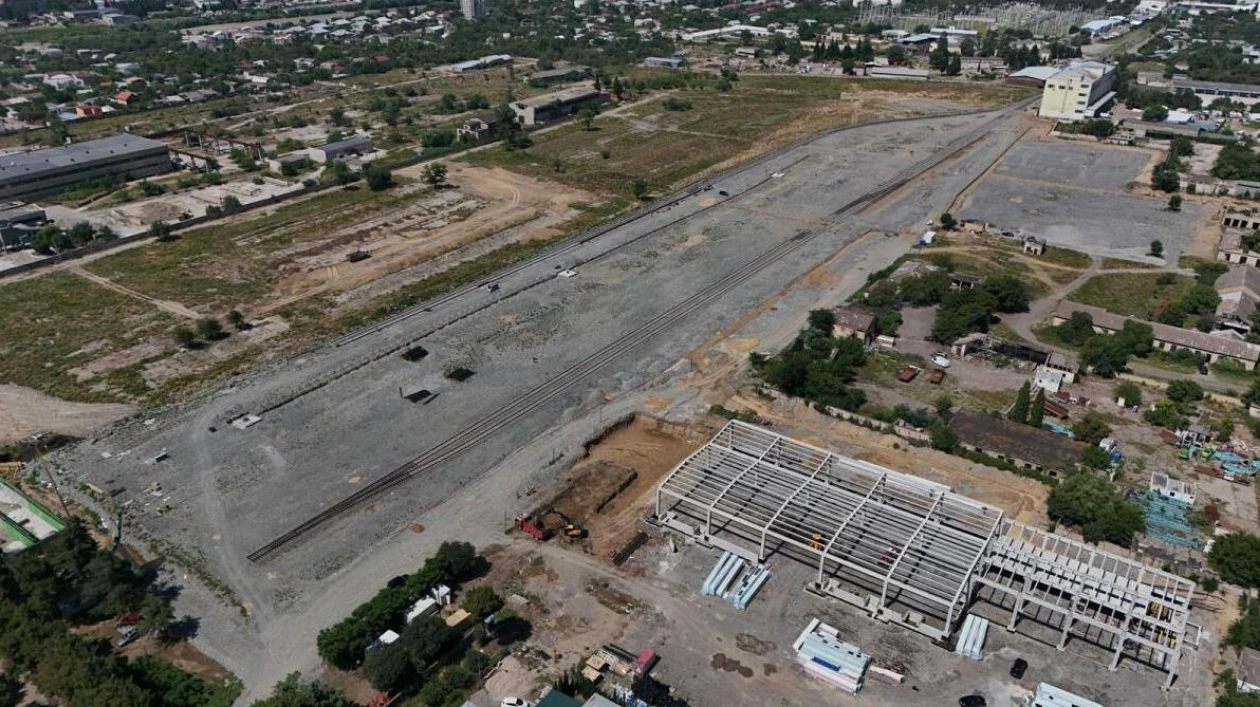AD Ports Group announced on Thursday the completion of the acquisition process for the Tbilisi Dry Port, making the Group the majority owner with a 60% stake. This state-of-the-art, rail-linked, and custom bonded intermodal logistics hub in Georgia is set to be operational this October, enhancing the Group's role in connecting Asia and Europe via the Middle Trade Corridor. This corridor links manufacturing centers in Western Asia to the consumer markets of Eastern Europe, efficiently utilizing a network of sea and dry ports across Kazakhstan, Azerbaijan, Armenia, Georgia, and Türkiye.
Abdulaziz Zayed AlShamsi, regional CEO of AD Ports Group, expressed his delight with the acquisition, stating, "The agreement underscores AD Ports Group's dedication to strengthening global supply chains, and we acknowledge the increasing impact of the Middle Corridor on global trade. We are committed to successfully operating this vital logistics hub, which improves connectivity between Western Asia and Eastern Europe, positioning AD Ports Group as a leader in global trade. This marks another strategic international investment aimed at promoting economic growth, job creation, and mutual benefit."
The new hub is strategically located between the Caspian Sea and Black Sea, at the core of the Middle Corridor, and includes facilities such as a container freight station, warehouses, and a car storage park. It serves as a critical entry, exit, and regional transit point for manufacturers, shippers, and consignees handling containers, vehicles, and various goods for distribution and storage. The project has direct westward railway connections to Türkiye and Georgian ports of Poti and Batumi, further linking to European Black Sea ports in Bulgaria and Romania.
The project is set to be completed in three phases. By the end of the first phase, the handling capacity is projected to reach 96,500 TEUs, with 10,000 sqm of warehouse and a car storage yard. Upon completion of phase three, the capacity will increase to 286,000 TEUs, with 100,000 sqm of warehouse and a substantially expanded car storage yard. Additional land plots have already been secured for future development as needed.
The Middle Corridor is considered the shortest trade route between Asia and Europe, spanning about 7,000 km and taking 10 to 15 days. In comparison, the Northern Corridor covers approximately 10,000 km overland, requiring 15 to 20 days, while the Southern Ocean Route spans about 20,000 km, with a sea voyage of 45-60 days. The Middle Corridor is anticipated to support significant growth in container volumes, potentially reaching 1.9 million TEUs by 2040.






